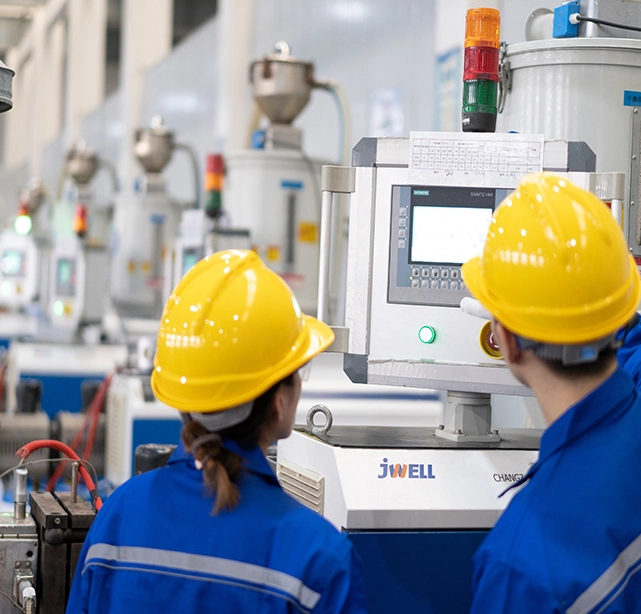Custom profiles of low temperature refer to extruded products that are able to withstand low temperatures without becoming brittle or cracking. These profiles are often designed with materials specifically engineered to remain flexible in sub-zero conditions. This makes them ideal for use in various industries such as food storage, medical cold chain, or exposure to arctic environments. Customization of the low-temperature profile extrusion process ensures that the final product meets the specific needs of the customer regarding its dimensions, shape, color, and texture. Custom profiles of low temperature offer excellent durability, reliability, and safety, even in challenging conditions.
This point would explore the different types of materials that are considered suitable for use in low-temperature profiles. Some materials that could be examined might include PVC, TPU, silicone, and other elastomeric and thermoplastic materials.
This point would explore the key material properties that make certain materials suitable for use in low-temperature profiles. Examples of applicable properties might include low glass transition temperature, high elasticity, and good low-temperature impact resistance.
This point would examine the key factors that designers must consider when choosing materials for use in low-temperature profiles. Such factors could include cost, environmental factors, performance parameters, and material availability.
This point would provide a direct comparison of different materials and how they perform as low-temperature profile materials. The comparison could be based on key performance factors such as durability, impact resistance, insulation properties, and flexibility. Conclusions could also be drawn about the best materials for particular types of low-temperature profile applications.

There are several reasons why you may choose custom plastic profiles of low temperature, including:
1. Reduced energy consumption: A profile of low temperature can help reduce energy consumption because it requires less energy to maintain a lower temperature. This can lead to cost savings on energy bills.
2. Improved process control: Making profiles at lower temperatures can lead to more consistent and precise results, improving the overall quality of the product.
3. Faster production times: Profiles produced at low temperatures generally have shorter cooling times, leading to faster production speeds and greater throughput.
4. Improved material properties: Low-temperature extrusion can help improve the properties of certain materials, such as polymers, by reducing the amount of degradation that occurs during processing.
5. Increased efficiency: In some cases, low-temperature extrusion can increase the efficiency of the extrusion process, resulting in less waste and a lower cost of production.